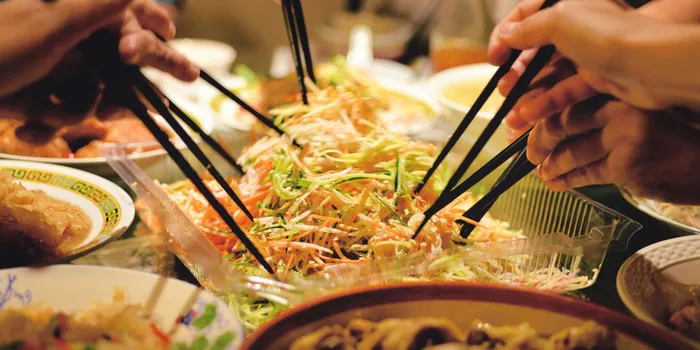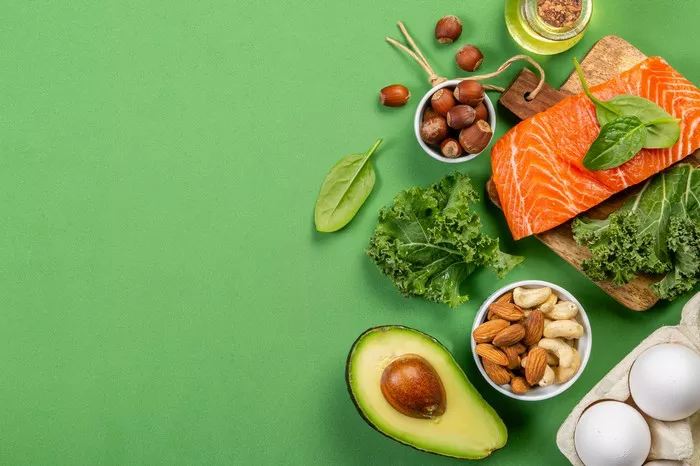Chinese cuisine is celebrated worldwide for its rich flavors, diverse ingredients, and culinary traditions that date back thousands of years. A quintessential aspect of Chinese culture, meals bring families and friends together to share not only food but also cherished moments. Among the various meals, dinner holds a special place, often characterized by an array of dishes that represent the intricate tapestry of Chinese culinary heritage. In this article, we delve into the components, cultural significance, and flavors that define a typical Chinese dinner.
Harmony in Chinese Dinner Menus
A typical Chinese dinner is a harmonious blend of flavors, textures, and colors. A well-constructed dinner menu adheres to the principles of balance in taste, nutrition, and symbolism. Dishes are chosen to complement and contrast with one another, creating a satisfying and complete dining experience.
Appetizers and Small Bites: A Whimsical Prelude
Chinese dinners often begin with a selection of appetizers and small bites, setting the stage for the feast to come. These dishes can include items like spring rolls, dumplings, skewers, or small cold dishes. Appetizers showcase a range of flavors and textures, from crispy to tender, and offer a glimpse into the culinary artistry that awaits.
Soup: Nourishing Elixirs
Soup holds a cherished place in Chinese cuisine, not only for its delectable taste but also for its nourishing qualities. A Chinese dinner may feature a clear broth or hearty soup infused with ingredients like vegetables, meats, or seafood. Soups are believed to have revitalizing properties and are enjoyed both for their taste and their ability to comfort the body and soul.
Main Courses: A Feast for the Senses
The heart of a Chinese dinner lies in its main courses. These dishes showcase an array of ingredients and cooking techniques, reflecting the regional diversity of Chinese cuisine. A typical dinner menu might include dishes such as stir-fried vegetables, braised meats, seafood specialties, and tofu preparations. Each dish contributes to the symphony of flavors, embodying the balance of sweet, sour, salty, and umami tastes.
Rice and Noodles: The Sustenance of Life
Rice and noodles are staples of a Chinese dinner, providing sustenance and rounding out the meal. Steamed white rice or fragrant fried rice can accompany the main dishes, offering a neutral base to enjoy the accompanying flavors. Noodle dishes, such as chow mein or lo mein, bring a delightful textural contrast and can be served with a variety of sauces and ingredients.
Vegetables: Nature’s Bounty
Chinese cuisine celebrates the bounty of nature through its emphasis on fresh and seasonal vegetables. Vegetable dishes are not merely side offerings but stars in their own right. Stir-fried greens, sautéed mushrooms, and braised root vegetables are common choices that highlight the vibrant colors and crisp textures of the produce.
Cultural Symbolism: From Ingredients to Presentation
Chinese dinners are more than just a collection of dishes; they are deeply rooted in cultural symbolism and tradition. Ingredients are chosen not only for their taste but also for their auspicious meanings. For example, whole fish is often served as a symbol of abundance and prosperity, while long noodles are associated with longevity. Even the number of dishes presented may hold significance, with even numbers representing harmony and balance.
Sharing and Community: The Heart of the Experience
A Chinese dinner is not solely about food; it’s about forging connections and fostering a sense of community. Meals are often served family-style, with dishes placed at the center of the table for everyone to share. This communal style of dining encourages interaction, conversation, and the creation of lasting memories.
Regional Variations: A Gastronomic Journey
China’s vast geographical expanse has given rise to a diverse array of regional cuisines, each with its own distinct flavors and traditions. A typical Chinese dinner menu can vary greatly depending on the region. For instance, a dinner in the northern region might include hearty dishes like Peking duck and dumplings, while a southern dinner may feature delicate seafood and lighter flavors.
Desserts: A Subtle Sweet Finale
Chinese dinners tend to conclude on a subtle sweet note. Traditional Chinese desserts are not overly sugary but offer a delicate sweetness that balances the meal. Options might include items like sweet soups, rice-based sweets, or fresh fruit platters.
Tea: The Elixir of Tranquility
No Chinese dinner is complete without tea. Tea holds cultural significance and is often served throughout the meal. Varieties like green tea, oolong tea, or jasmine tea are enjoyed for their soothing properties and ability to aid digestion.
Conclusion
A typical Chinese dinner is a multi-faceted experience that engages the senses and nourishes the soul. It’s a culinary journey through tradition, culture, and artistry, where every dish has a purpose and a story to tell. Whether enjoyed with family, friends, or fellow diners, a Chinese dinner is a testament to the power of food to connect people and create cherished moments that resonate for a lifetime.























